 A formerly run-down industrial area of England has made a 180-degree turn, redefining itself as an innovative and creatively fertile city of the world. Manchester, a town with a rich historical and cultural background, is a destination that offers an amazing variety of attractions for everyone.
A formerly run-down industrial area of England has made a 180-degree turn, redefining itself as an innovative and creatively fertile city of the world. Manchester, a town with a rich historical and cultural background, is a destination that offers an amazing variety of attractions for everyone.
A few words about the city
Manchester is a city in the United Kingdom and more specifically in the North West of England. The name of the city comes from the ancient Roman name Mamucium, also referred to as Mancunium! This is the name of a fort in Britain, with Celtic roots. In older Greek texts, from the 19th or early 20th century, it is found under the name Manchester, Magestria and Magestria. The first inhabitants of the area were Celtic tribes (Brigantes), while in the 1st century AD the Romans founded the aforementioned fort. At the beginning of the 14th century, it acquired the title of town, while it experienced particular development during the years of the industrial revolution, when the city was an industrial center for the production of cotton fabrics. Shortly afterwards, Manchester became the world's largest cotton trade center, while in 1853 it acquired the status of city! Today it has approximately 555,000 residents within the city and 2,700,000 in the wider metropolitan area, thus constituting an important commercial, industrial and cultural center of the United Kingdom! Finally, Manchester became internationally known due to football, as it is the home of the Manchester United and Manchester City teams, as well as its music scene. So I have selected for you what I consider to be worthy of attention for someone visiting the city for the first time.
Manchester Cathedral
Manchester may not be famous for its sights, but there are certainly things worth seeing. One of them is definitely the city's Cathedral (Manchester Cathedral), which is dedicated to the Virgin Mary, Saint Dionysius and Saint George. It is the mother church of the Anglican Diocese of Manchester, the seat of the Bishop of Manchester and the parish church of the city. The first church on this site was built in 1215, but it was completely renovated during the Victorian period. The main body of the church presents a Gothic style and is attributed to James Stanley the Second, who during the period 1485-1506 also designed the wooden decoration of the church. In it, the visitor can distinguish the angels on the ceiling, the gilded organs and the choir stalls. Of particular interest are also the stained glass windows of the church, which were replaced after the world war because the previous Victorian era ones had been destroyed by bombing. Finally, the church has ten bells, one of which weighs 1.3 tons and rings during Sunday services and on certain special occasions. Admission is free.

Manchester Town Hall
Equally beautiful is the imposing Manchester Town Hall, which is located on Albert Square in the heart of the city. It was built in 1877, in the style of the Victorian and Neo-Gothic period and has since housed the seat of the city council and local government departments. The exterior decoration of the building includes twelve statues of historical figures, including Gnaeus Julius Agricola, founder of the Roman fort that is the first trace of the city in 79 AD, King Henry III of England, Elizabeth I and St. George. The interior decoration of the building is dominated by twelve murals by Ford Madox Brown, depicting important events in the history of the city. The town hall was built during the golden age of the industrial revolution, when the city was booming mainly due to the textile industry. It is currently under maintenance.

John Rylands Library
The John Rylands Library is an architectural masterpiece and one of the city's most important cultural venues. It is part of the University of Manchester and opened to the public in 1900, named after industrialist John Rylands, in whose memory the library was built by his widow, Enriqueta Rylands. Built in an impressive neo-Gothic style, the library is not only a place to store books but also a monument dedicated to the love of learning and knowledge. The architecture of the library; is richly decorated with detailed sculptural details and beautiful windows, giving the space a sense of grandeur and imposing. Its collection includes rare relics and manuscripts, from medieval works and old editions of the Bible to first editions of literary works and important scientific texts. One of its most valuable relics is a papyrus fragment of the Gospel of John, dating from around 200 AD, making it one of the oldest known Christian texts. The John Rylands Library is not only a place for researchers and scholars but also a destination for lovers of history, art and architecture. Visitors can explore its impressive spaces, admire its exhibits and take part in regular guided tours and events, thus discovering the rich heritage and importance of the library in the cultural life of Manchester. Admission is free.

Piccadilly Gardens
If we were looking for the most central spot in Manchester, it would undoubtedly be Piccadilly Gardens! This is a small oasis of green, located at the end of Market Street and the beginning of London Road. In the past, the Manchester Royal Infirmary was located at the point where the Gardens are now, more precisely from 1755 to 1910. By 1914, the infirmary had completely moved and for years the city council could not decide how to manage the area. Eventually, however, it was left empty and turned into the largest green space in the city center. The current appearance of the gardens is due to a major reconstruction after a series of IRA terrorist attacks in 1996. The construction was completed in 2002 and includes new green spaces, fountains and areas for pedestrians to cross. Virtually the only places left untouched are the statues. These are the statue of Sir Robert Peel, who served as Prime Minister between 1834 and 1835 and 1841 and 1846, the Scottish explorer and engineer James Watt, Queen Victoria, the famous artist Edward Onslow Ford, and the Duke of Wellington, a major military and political figure of the 19th century. The square is surrounded by buildings that cover a wide range of the city's history, from modern 21st-century Manchester to old Victorian warehouses and shops dating back to the Industrial Revolution and the era when the city was the capital of the textile industry. Piccadilly Gardens is also the heart of the city's public transport, being just 5 minutes from Manchester Piccadilly mainline station and 10 minutes from Manchester Victoria station.
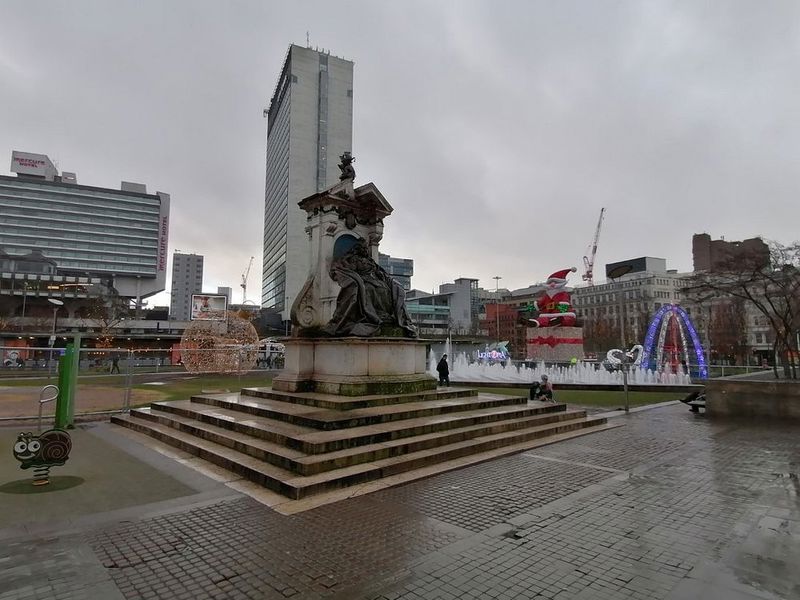
Shambles Square
Shambles Square is located right next to Manchester Cathedral and is a vibrant part of the city. The term "shambles" comes from the name of the street where butchers used to slaughter and sell meat. It is home to four main pubs, the Crown & Anchor, the Old Wellington, the Sinclairs Oyster Bar and the Mitre Hotel. In fact, the Old Wellington is one of the only remaining Tudor buildings in Manchester city centre! This vibrant square combines the past and the present, offering a unique insight into the city's resilient spirit and architectural heritage.
Northern Quarter
The Northern Quarter is the city’s most vibrant area, home to a wealth of independent shops, cafes, bars and restaurants, as well as live music venues and street art. It was created during the Industrial Revolution and has retained many of its original Victorian buildings, which have now been converted into art studios, galleries and various workspaces for creatives and entrepreneurs. The architecture of the quarter and the preserved old warehouses give the area a unique character, while at the same time offering a charm that combines the past with the present. In short, the Northern Quarter is not just an area in Manchester; it is a multi-dimensional cultural space that represents the heart of modern creativity and urban renewal. It is a place where art, music, fashion and gastronomy coexist; creating a vibrant and exciting cultural fabric that attracts visitors from all over the world.
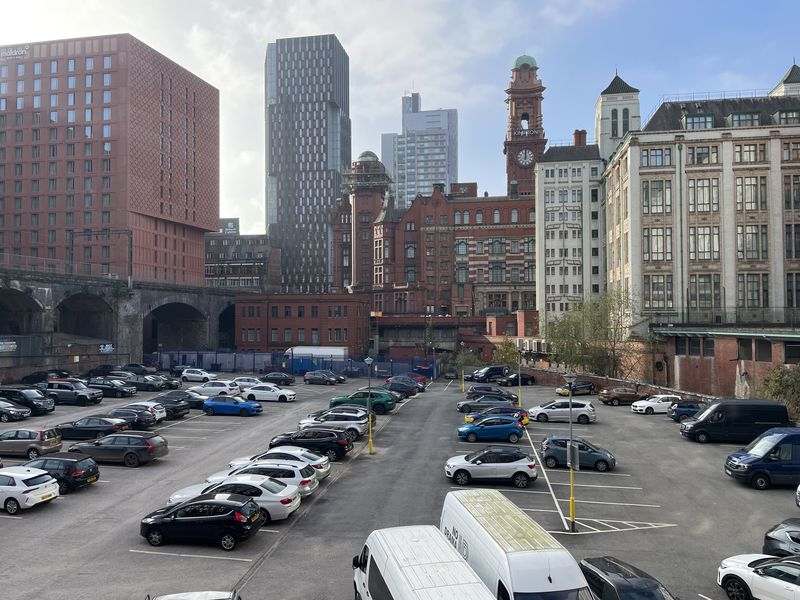
Manchester’s Canals
Manchester’s Canals are an integral part of the city’s industrial and cultural heritage. They were built during the Industrial Revolution and were originally used to transport raw materials and finished products between industries and ports, playing a crucial role in the economic development of the region. Today, Manchester’s canals have been transformed into important recreational and tourist areas, offering a peaceful escape from busy city life. Walking along their banks, visitors and residents can enjoy the beauty of the water, the lush vegetation and the historic architecture found on their shores. One of the city's most famous canals is the Bridgewater Canal, which is considered the first truly industrial canal in Britain, opening in 1761. This and other canals, such as the Rochdale Canal and the Manchester Ship Canal, have now become popular routes for walking, cycling and even canoeing, offering an alternative way to explore the city. As well as natural beauty and recreational activities, Manchester's canals are also full of cultural attractions, such as Castlefield, a protected area of archaeological importance where several canals meet, offering stunning views of historic warehouses and bridges. In addition, many of the adjacent buildings have been developed into bars, restaurants and residential properties, giving the area a lively atmosphere.
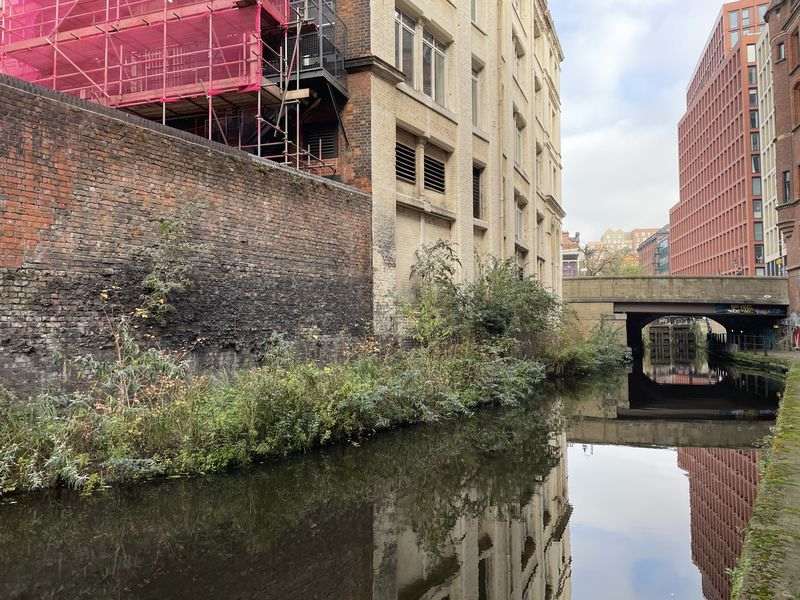
Museums
In Manchester there are many museums and art spaces that deserve your attention. The first one I recommend you visit is the Manchester Museum. This particular museum is located on Oxford Avenue and belongs to the city's homonymous university. It is considered one of the most important museums in the United Kingdom and is certainly one of the most historic as its operation in its current form begins in 1888. It hosts more than 6 million exhibits that come from all continents and relate to different time periods. Among the objects, the visitor will have the opportunity to see armor from medieval times, weapons and other types of military equipment, dinosaur fossils and remains of ancient civilizations from the American continent, samples of flora and fauna from regions of Europe and Asia, as well as samples of art from the great civilizations that developed on the shores of the Mediterranean basin. Admission is free!

Continue to the Science and Industry Museum, a fantastic destination for those interested in discovering the city’s scientific and industrial heritage, which played a key role in the Industrial Revolution. The museum is located in the heart of the historic Liverpool Road shopping district, a place with a rich industrial history. Its permanent collection includes exhibits covering a wide range of topics, from the beginning of the industrial age to modern scientific innovations. Visitors can explore developments in transport, including steam engines and cars, advances in textiles, information technologies and communication, as well as major discoveries in science and medicine. Here too, entry is free.

Equally interesting are the Manchester Art Gallery and the People's History Museum. The Art Gallery is located in the city centre and is housed in an imposing complex of three buildings, built between 1824 and 1826. There you will find the city's municipal collection, as well as works of art of international importance and, of course, many works associated with the city of Manchester. The most important works of art that the Art Gallery contains include: The collection of the French impressionist painter Pierre Adolphe Valette, countless works of the "English school" and Picnic, a work of 1908 by the British painter Wynford Dewhurst, who was born in the city. On the other hand, the People's History Museum tells the story of workers' rights and democracy in Great Britain and the lives of people at home, at work and at leisure over the last 200 years. The collection includes printed material, natural objects and photographs of people at work, at rest and at play. Entry to both is free!
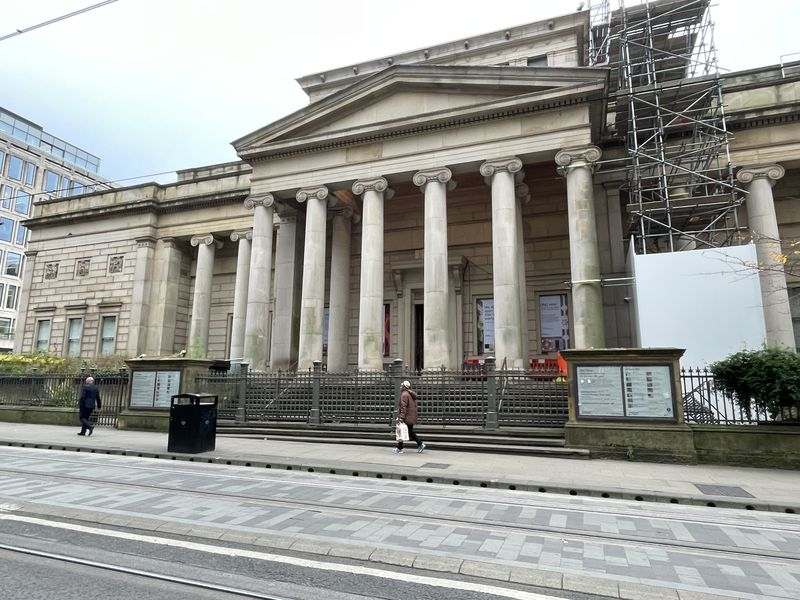
Finally, if you are a football fan, don’t miss the opportunity to visit the National Football Museum. Here you will find over 2,500 fascinating objects, from vintage boots, cups and shirts, to the ball used in the first World Cup Final! The exhibitions tell the story of football past and present, providing a comprehensive picture of how it has become part of England’s national heritage. Admission to the museum costs 14 pounds, which is about 16 euros.
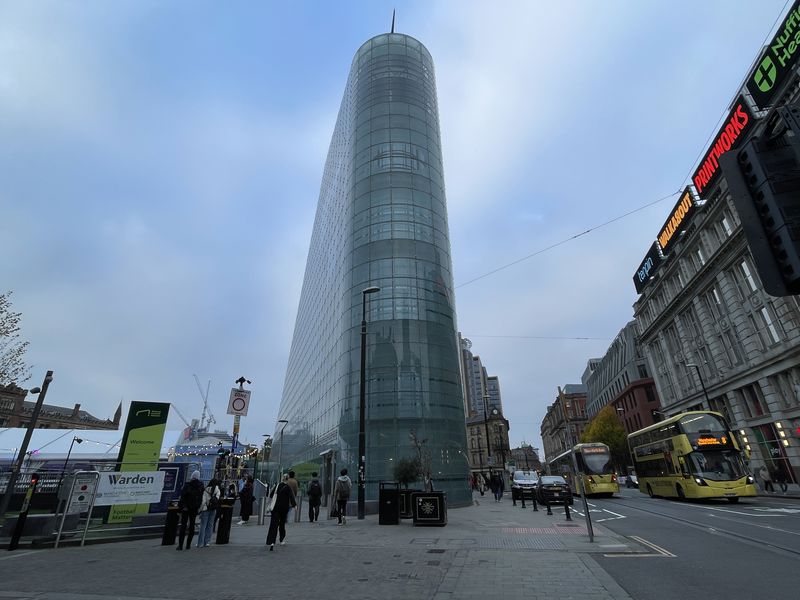
Heaton Park
Heaton Park is located in the north of Manchester and is considered one of the largest municipal parks in Europe, covering over 600 acres of land! It is an oasis of green within the city, offering an idyllic escape from the urban hustle and bustle and a fantastic opportunity for entertainment, recreation and exploration in nature. The park includes extensive lawns, woodland and lakes, as well as an 18-hole golf course, tennis courts, a children's park and a café. For history buffs, the park is home to Heaton Hall, an imposing 18th-century historic building, which although not always open to the public, remains an impressive attraction within the park. Finally, various events are held in this park throughout the year, including music festivals, theatrical performances, exhibitions, and special events for families.
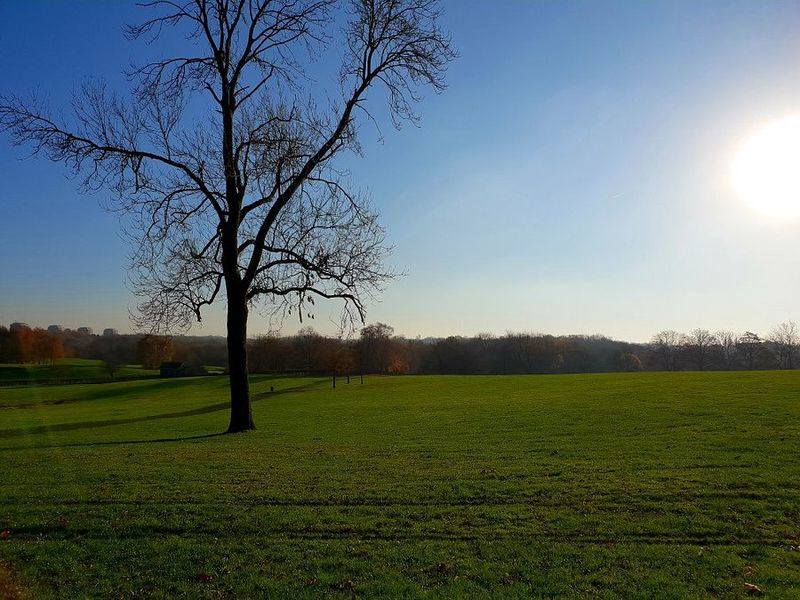
Old Trafford
Of course, if we were looking for the most famous attraction in the city, it would be Old Trafford without a second thought. The “Theatre of Dreams” is the home of the legendary Manchester United and is a magnet for millions of visitors every year, who rush to see it up close. It was built in 1910 and has since become synonymous with the rich history and successes of the club, hosting countless unforgettable games and moments that have marked the world football scene. With a capacity of over 74,000 seats, Old Trafford is the second largest football stadium in England, after Wembley. The stadium is distinguished by its impressive architecture and the electric atmosphere it offers on match days, making it one of the most feared seats for opposing teams. In addition to football matches, Old Trafford also hosts many other events, such as sports conferences, corporate events and concerts. Finally, the stadium also features the Manchester United Museum & Tour Centre, where fans can explore the history of the team, see trophies and memorabilia and take a tour of the stadium, visiting the changing rooms, the coaches' box and the edge of the pitch. The stadium tour costs 36 pounds, which is about 41 euros!
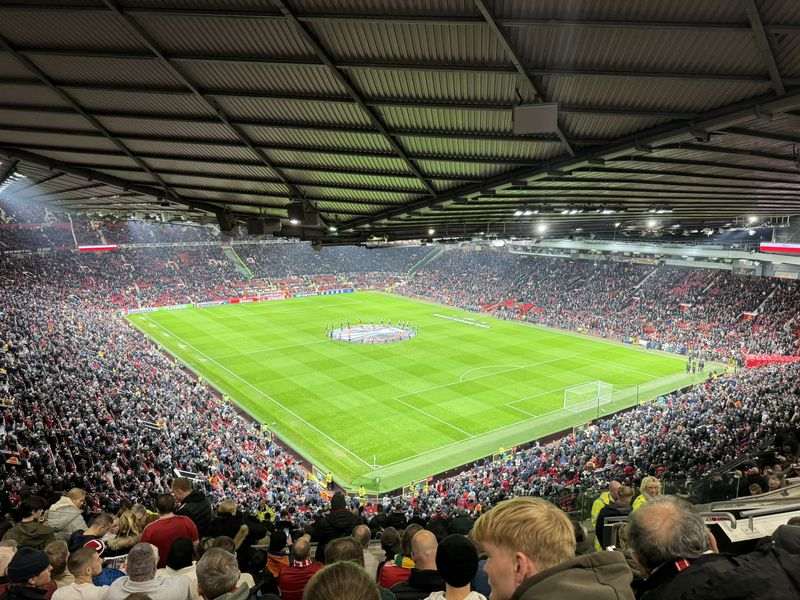
Etihad Stadium
The City of Manchester Stadium, now known as the Etihad Stadium, was built for the 2002 Commonwealth Games as a sponsorship deal. After the games, the stadium was converted into a football stadium to provide Manchester City with a modern replacement for Maine Road. It has a capacity of 53,600, making it the 7th largest football stadium in England and the 11th largest in the United Kingdom! It may not be as impressive or as historic as its hated rival, but the Etihad is a state-of-the-art stadium that every football fan should visit. Finally, there are also guided tours of the stadium, with prices starting from 26 pounds, or about thirty euros.
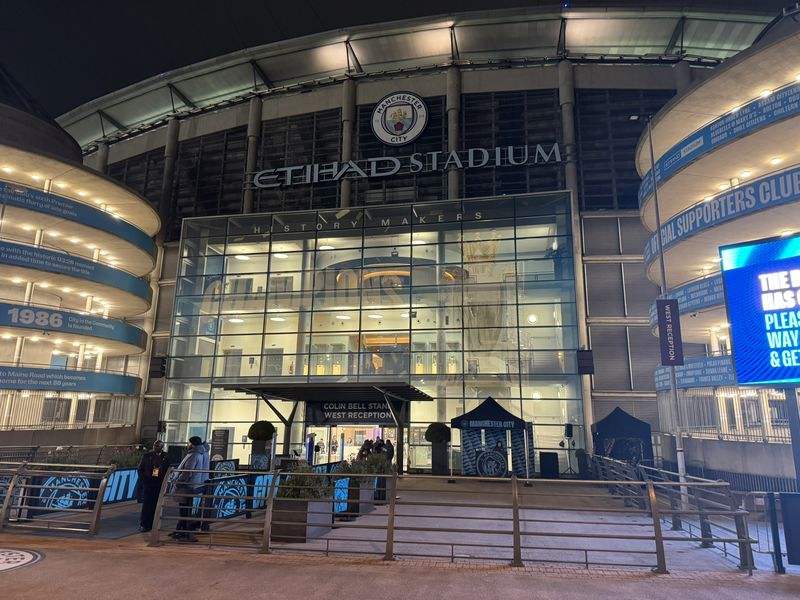
How to go
Thessaloniki is connected by air to Manchester, via Jet2. With proper planning, one can find tickets starting from 199€ return! From there, there is also the prospect of going to another British city such as London or Liverpool and from there reaching the city by bus or train. Finally, a suitable and more economical option is to choose a Ryanair flight with a stopover in Milan, with tickets ranging between 120 and 160 euros.
Where to stay
Manchester is a relatively small city, but it attracts a lot of tourists, which means there are plenty of places to stay! I won’t lie, the prices in most hotels or houses are very high, especially if you want something central, but there are always opportunities. My suggestion is to avoid the center and move towards the Salford area. More specifically, my suggestion is The Interchange, which offers fully renovated and spacious rooms, a stone’s throw from the train station.
How to move
As with most cities in the United Kingdom, Manchester’s transport infrastructure is particularly good and with many options. The main mode of public transport is the trams, which cover the entire length and breadth of the city! There are also buses and trains, which, in addition to transport within the city, connect Manchester with other nearby cities! Also, the city has bike lanes everywhere and a generally bike-friendly environment, which is ideal for two-wheeled travel! Finally, taxis are literally everywhere and you can hail them on the street, but they are extremely expensive!
What to eat
Great Britain may not be famous for its cuisine and that is why foreign flavors are widespread there, however, there are several typical English dishes, which, although they include several dubious combinations, are worth paying attention to. The “national dish” of the British is without a doubt fried fish with fried potato chips, the well-known fish and chips, so you cannot leave the city without trying it. Equally popular is the English Breakfast, which includes fried eggs, fried bacon, pork sausages, grilled tomatoes and mushrooms, bread with butter and, of course, beans in red sauce! In addition, I would recommend eating a burger, since they are very different from what we have in mind, or a well-cooked steak, as Britain is famous for its meat. Finally, don't forget to have a cup of tea at the dozens of shops in the city, since for the English, "tea time" is more than just a cup of tea, I would describe it as a ritual. For coffee and breakfast, I recommend Moose Coffee, for Vietnamese fast food Hop Vietnamese, and for beer, Fight Club!
Useful information

In Manchester we travel with a Passport valid for at least 6 months. You do not need a Visa to enter the country.
In Manchester the language used is, of course, English and although the locals have a special accent that sometimes makes you not understand what they are saying, they are particularly polite and accommodating, since they greatly appreciate you speaking their language.
The country's currency is the British Pound and its exchange rate is currently 1€ = 0.83 £.
Convert your money either in Greece or in small shops, as the exchange offices charge a very high commission.
Manchester is two hours behind Greece (GMT 0).
Getting to and from the airport is simple, since there are continuous bus and train routes that take you to the city center in less than half an hour.
The Greek Consulate in Manchester is located at 37-43 King Street, M2 7AT.
In Manchester, driving is done in the opposite direction, so be careful when crossing the road.
If you have time, don't miss a Manchester United or Manchester City football match.
The weather in Manchester is usually rainy, so always carry an umbrella with you, while in winter the temperatures are quite low with wind and snow!
Recommended excursions → Liverpool, Sheffield, Leeds, York

If this article seemed interesting or contributed to your quality information, then you can like my facebook page: o_thessalonikios or follow me on instagram!
Mouzakidis Pantelis
